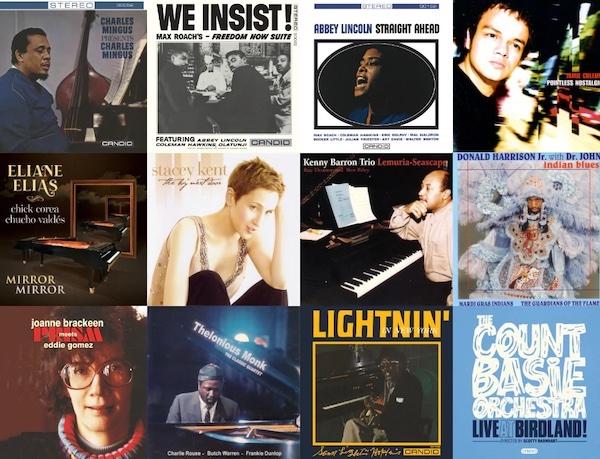AAA Vinyl
Sort By: Post Date TitlePublish Date
|
Aug 10, 2023
|
Jul 26, 2023
|
May 16, 2022
|
May 16, 2022
|
May 08, 2022
|
May 05, 2022
|
May 01, 2022
|
Apr 13, 2022
|
Apr 09, 2022
|
Apr 08, 2022
|
Apr 03, 2022
|
Mar 25, 2022
|
Mar 24, 2022
|
Mar 20, 2022















